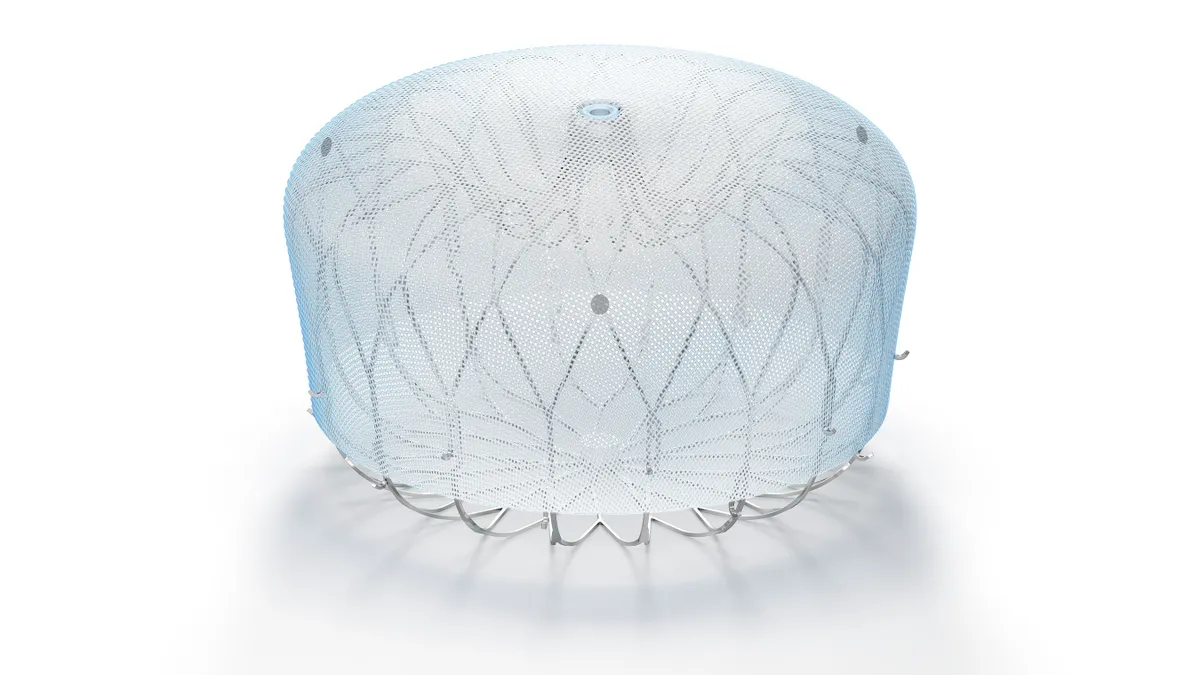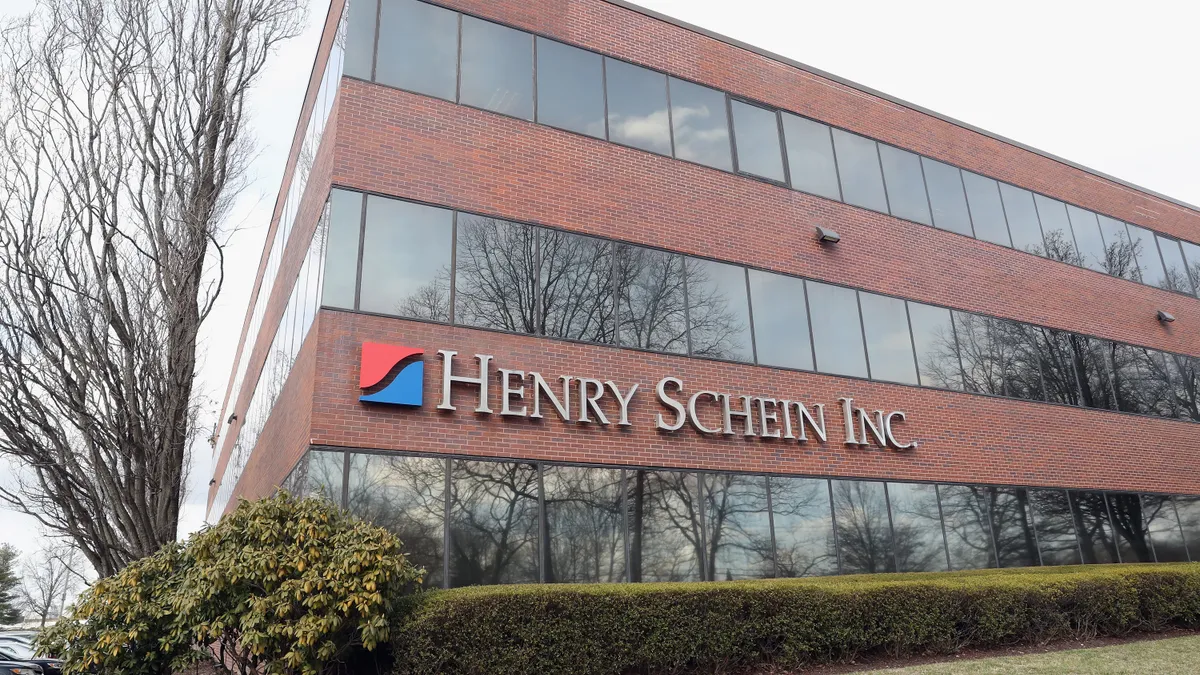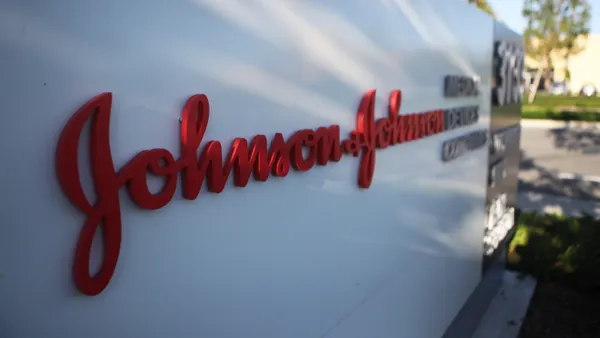Johnson & Johnson CFO Joe Wolk said Tuesday that the White House’s flurry of tariff actions will result in an approximately $400 million charge this year, primarily affecting the company’s medtech business.
Wolk first revealed the impact to J&J’s 2025 guidance Tuesday morning on CNBC. The CFO then told investors during an earnings call that the figure is based on tariff programs already announced and the timing of those programs.
The cost includes products not excluded from the U.S.-Mexico-Canada Agreement, a “very small degree” of steel and aluminum tariffs and China levies, Wolk added.
The White House has prioritized an aggressive tariff strategy since President Donald Trump took office in late January. Experts have struggled to predict how Trump’s tariffs would affect companies, if at all, as many actions were eventually paused or delayed. Most recently, the president delayed his massive reciprocal tariff plan on numerous countries for 90 days, excluding China, where the Trump administration has levied a 145% tariff in total.
Any financial impact will affect companies differently, as some companies' exposure to international markets, particularly China, varies.
“[J&J’s tariff cost] includes the China tariffs, as well as the China retaliatory tariffs, and that is probably the most substantial out of all the tariffs in terms of that $400 million,” Wolk said. He clarified that it applies to products of U.S. origin that are shipped to China, calling it “probably the most penalizing factor.”
“That $400 million, I don't want to be cavalier about that … the program has been phased in as a partial year, and then you have mostly this being captured as cost of goods,” Wolk said. “So, it's going to sit on the balance sheet in inventory and be relieved through the P&L in future periods.”
He explained that the company is “very limited in terms of price leverage” as a mitigation strategy for its medtech business because contractual agreements are already in place.
Wolk refused to comment on tariff costs beyond 2025 when questioned by an analyst, saying that it “would be way too speculative at this point.”
J&J is the first medical device company to report earnings this season. Because the company is typically a bellwether for the medtech spaces it operates in, J&J’s tariff woes could be a sign that other device manufacturers exposed to China and other international markets affected by tariffs could make guidance changes this quarter.
The company still grew medtech sales by 2.5% to $8.02 billion in the first quarter. It also slightly increased its 2025 guidance for overall sales.
“Despite a complex macro backdrop, the [J&J] outlook and 1Q25 performance appears relatively resistant overall,” Stifel analysts wrote in a note before the call.












